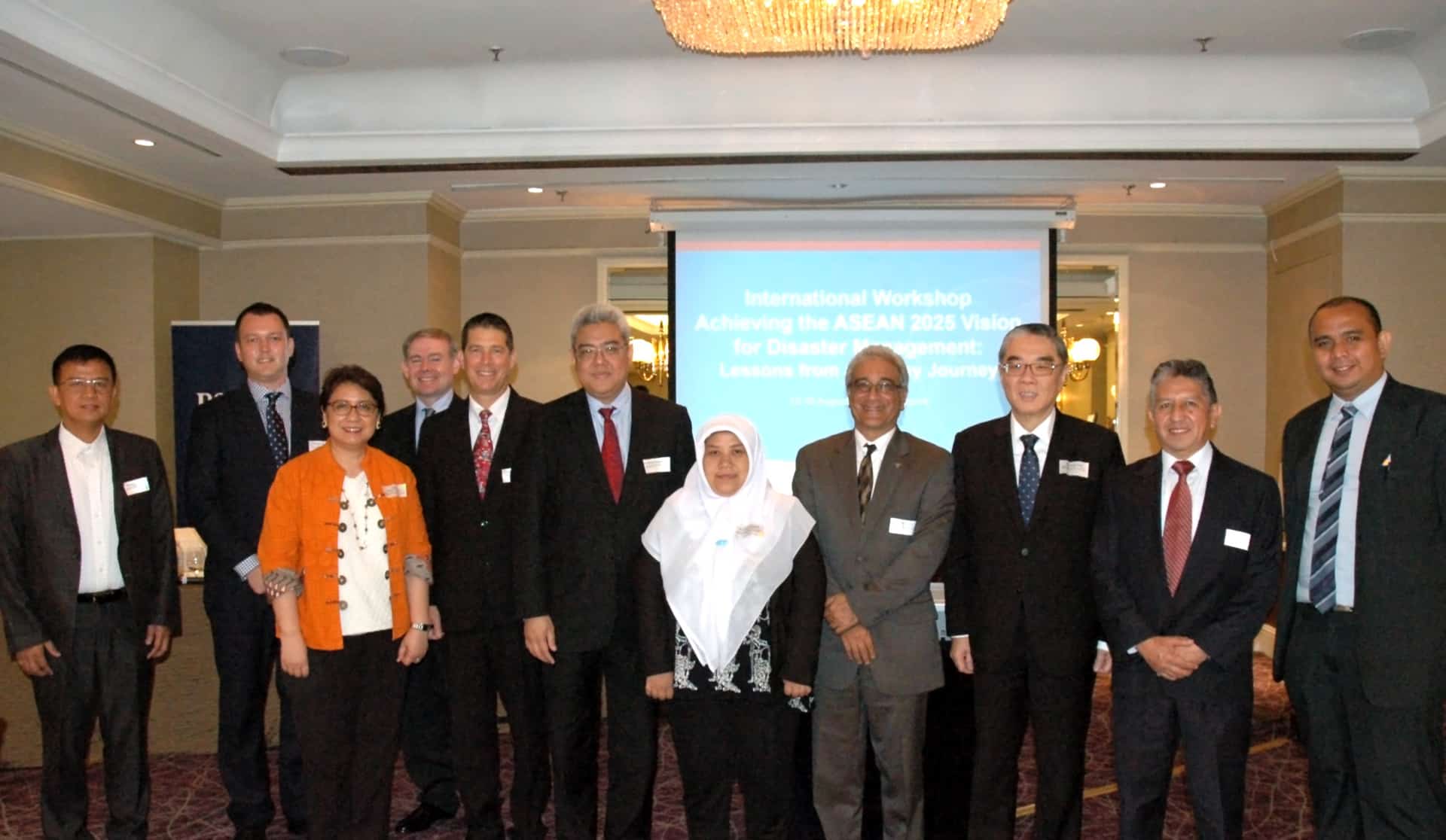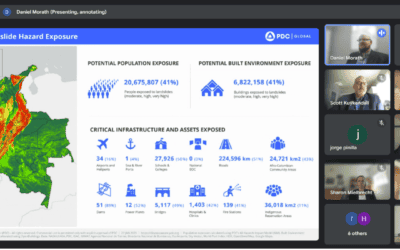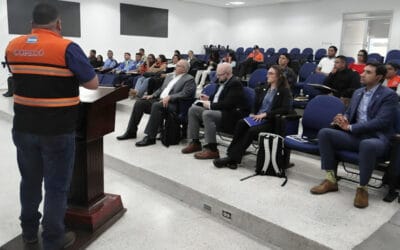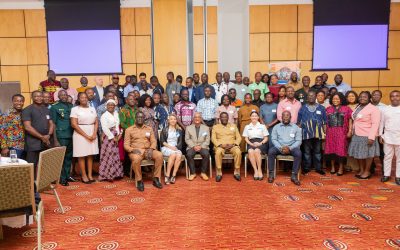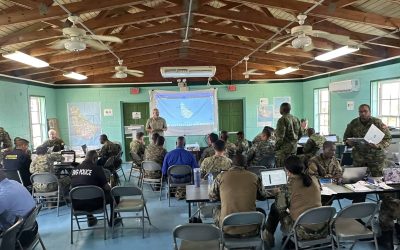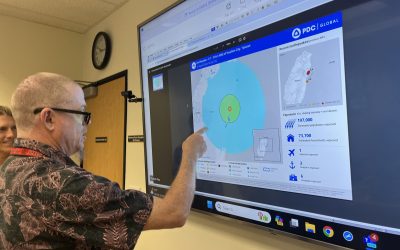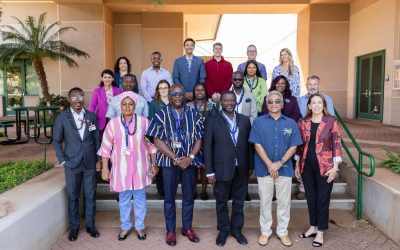ASEAN’s advancement of regional and institutional disaster risk reduction over the past decade has been exemplary. To examine success factors, challenges overcome, and those remaining, the ASEAN Committee on Disaster Management (ACDM) and ASEAN Coordinating Centre for Humanitarian Assistance on Disaster Management (AHA Centre) teamed up with Pacific Disaster Center (PDC) and Singapore’s S. Rajaratnam School of International Studies (RSIS) for a two-day workshop in Singapore.
The international workshop titled Achieving the ASEAN 2025 Vision for Disaster Management: Lessons from a Worthy Journey, was co-sponsored by RSIS, PDC, ACDM, and Singapore Civil Defense Force (SCDF), and brought together experts from around the world. International organizations in attendance included representatives from UNISDR, UN OCHA, APEC, ASEAN, the AHA Centre, Changi RHCC, the International Federation of Red Cross and Red Crescent, and national disaster management organizations (NDMOs) from numerous ASEAN member states. The workshop was held August 15–16 in Singapore to assess ASEAN accomplishments as well as to highlight future opportunities in disaster management for the region.
“To date, the steady progress made by ASEAN on humanitarian assistance and disaster relief (HADR) priorities looks impressive compared with similar initiatives in Southeast Asia and other regions—some of which are even longer-standing,” said Research Fellow and HADR Programme Coordinator at RSIS, Dr. Alistair Cook, of ASEAN’s progress. He said that ASEAN’s accomplishments were well worth examination as they may serve to improve similar endeavors in other regions of the world.
After the opening remarks by former ASEAN Secretariat General, Ambassador Ong Keng Yong, and PDC Executive Director Ray Shirkhodai, participants broke into working groups to discuss various aspects of ASEAN’s HADR performance. Key topics of discussion included the effectiveness of the organization in reducing disaster impacts throughout the region, as well as institutionalization of programs for long-term sustainability.
Describing the impact of ASEAN’s HADR activities, Shirkhodai said that it has been astonishing to witness the progress made since the PDC–ACDM partnership was forged in early 2004. “It’s hard to believe that just 14 years ago AADMER and AHA Centre did not exist,” said Shirkhodai, referring to the one-of-the-kind ASEAN Agreement on Disaster Management and Emergency Response (AADMER) and the fully operational risk reduction center.
One of the main architects of the workshop, PDC’s Deputy Executive Director Chris Chiesa added, “We anticipate that the findings from this workshop will provide critical insight into the various components of ASEAN’s HADR innovations, and which of them contributed most to overall development of HADR capacity in the region. We hope these findings can be adopted, adapted, and applied in other regions of the world.” Results from the workshop will be compiled by RSIS and PDC and made available to ACDM and all participating institutions for further evaluation.
Directly following the workshop, PDC and other participants continued momentum, bringing early findings to the ASEAN Strategic Policy Dialogue on Disaster Management (SPDDM) 2018. The dialogue included panel discussions on strengthening the ASEAN region’s resilience through enhanced cross-sectoral collaboration and increased disaster risk management in decision making—especially urban development planning and investment decisions.

